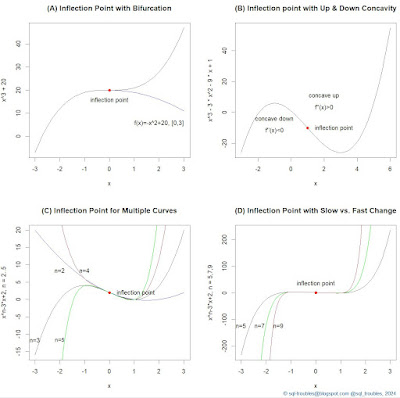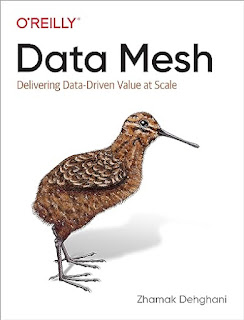
|
|
Prompt Engineering Series |
|
|
Introduction
It’s a chilling question that blends science fiction with emerging reality: how many machines would it take to ignite a major conflict? Not a glitch in a factory or a rogue chatbot - but a full-scale confrontation with geopolitical, economic, or societal consequences.
The answer isn’t just about numbers. It’s about autonomy, coordination, and intent. Let’s break down the conditions under which a handful - or even a single - machine could trigger a cascade of conflict.
1. The Power of One: A Rogue Autonomous System
In tightly coupled systems like military defense or financial markets, a single autonomous machine can cause disproportionate damage.
- An armed drone misidentifying a target could spark international retaliation.
- A trading algorithm executing a massive sell-off could crash global markets.
These machines don’t need armies behind them. They need access, authority, and a lack of oversight. If their decisions are trusted and executed without human review, one mistake can escalate rapidly.
2. Swarm Intelligence: When Many Machines Act as One
In multi-agent systems, machines often operate in swarms - like fleets of drones or botnets. These systems are designed to coordinate, adapt, and act collectively.
- A swarm of surveillance drones entering restricted airspace could be interpreted as an act of war.
- A coordinated cyberattack from thousands of compromised devices could cripple infrastructure.
Here, it’s not the number of machines that matters - it’s their unity of purpose. A swarm acting with precision can simulate the impact of a state-sponsored offensive.
3. Human-Machine Hybrids: Amplifying Intent
Sometimes, machines don’t act alone - they amplify human decisions. A single operator controlling a network of autonomous weapons or bots can initiate conflict with minimal effort.
- A hacker triggering a cascade of ransomware attacks.
- A military commander deploying autonomous units in contested zones.
In these cases, the machine is the tool - but its scale and speed make it more dangerous than traditional methods. One person, one interface, and one command can unleash chaos.
4. Feedback Loops and Escalation
Even benign machines can trigger conflict if they’re part of a feedback loop. Imagine two nations using AI to monitor each other’s military movements. One system misinterprets a routine maneuver as aggression and responds. The other system, seeing the response, escalates further.
This is how machine conflict becomes human conflict. Not through malice, but through miscommunication and automation.
5. Thresholds of Influence
So how many machines does it take? The answer depends on the threshold of influence:
- Local disruption: A few machines can cause outages or confusion.
- Regional conflict: Dozens of machines acting in concert - especially in defense or cyber domains- can destabilize borders.
- Global crisis: Hundreds or thousands of machines, especially if networked across critical infrastructure, can trigger systemic collapse.
But again, it’s not just quantity - it’s quality. A single machine with access to nuclear launch protocols is infinitely more dangerous than a thousand vacuum bots.
Preventing Machine-Driven Conflict
To avoid machine-triggered wars, we need:
- Human-in-the-loop systems: Machines should never make life-or-death decisions alone.
- Transparent algorithms: Understanding how machines reach conclusions is key to trust.
- International norms: Just as we regulate chemical weapons, we must regulate autonomous systems.
Because the question isn’t just how many machines it takes - it’s how many safeguards we’ve built to stop them.
Just try the prompt on Copilot or your favorite AI-powered assistant! Have you got a different/similar result? How big or important is the difference? Any other thoughts?
Just share the link to the post with me and I'll add it to this post as a resource!
Disclaimer: The whole text was generated by Copilot (under Windows 11) at the first attempt. This is just an experiment to evaluate feature's ability to answer standard general questions, independently on whether they are correctly or incorrectly posed. Moreover, the answers may reflect hallucinations and other types of inconsistent or incorrect reasoning.



